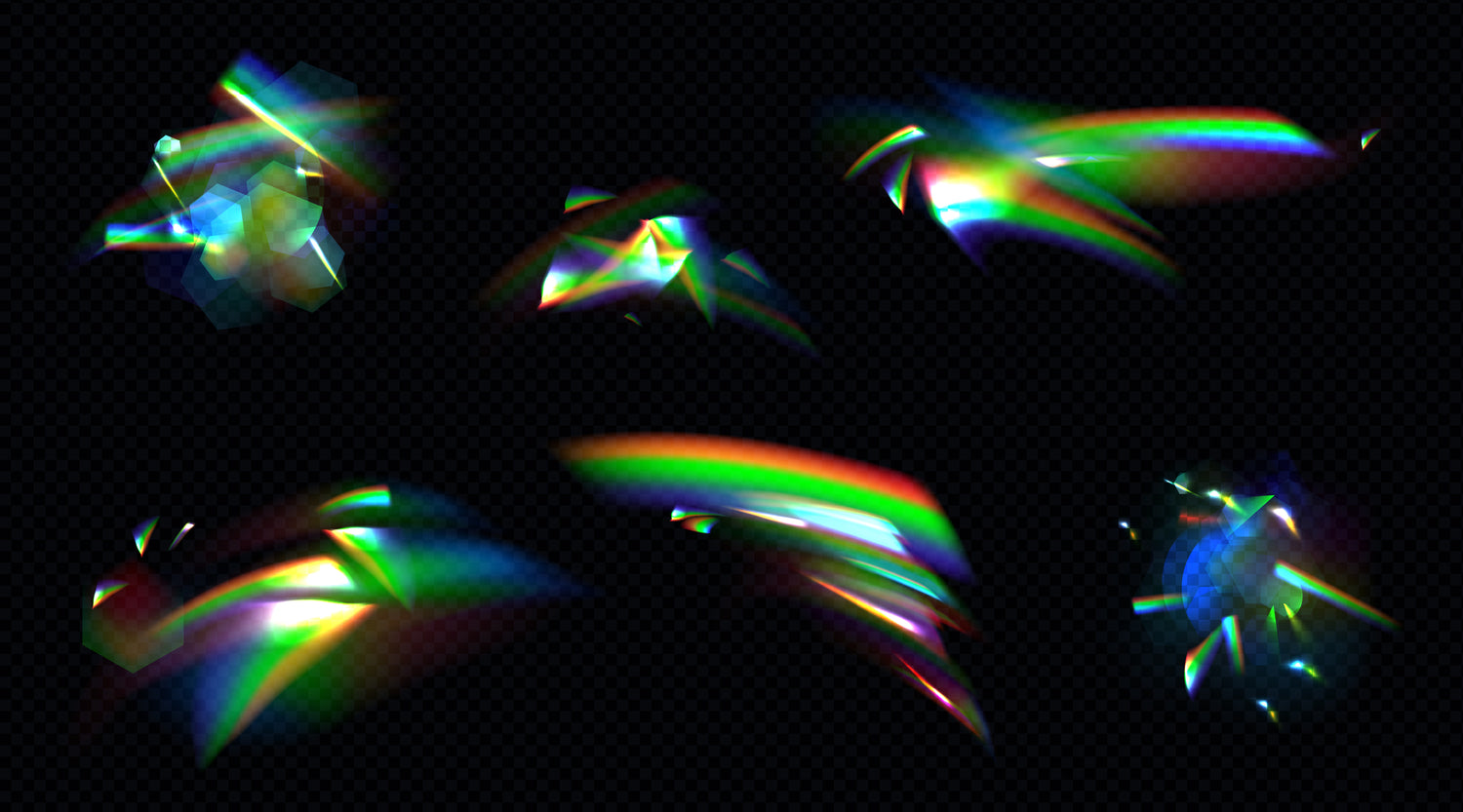Hologram technology is a complex concept that involves physics, optics, and computer science.
Despite its complexity, it is a fascinating subject, and understanding it can offer insights into the future of technological advancements.
This guide aims to unravel the mysteries behind hologram technology, making it accessible to beginners.
RELATED: Hologram Fan: Ultimate Guide for 2024
How Does Hologram Technology Work?
To comprehend hologram technology, one must first understand the nature of light.
The Science of Light
Light behaves in two ways – as particles and waves. Holograms are created using the wave characteristic of light.

When a beam of light hits an object, it scatters in different directions.The scattered light waves are captured in a hologram.
Making the Hologram
Creating a hologram involves two beams of light – the object beam and the reference beam.
The object beam is shone on the object, and the scattered light is captured on a photographic plate. The reference beam is directed to the photographic plate without hitting the object. The interference pattern formed by the two beams on the plate creates a hologram.
The Final Product
Once the holography process is complete, the hologram can be viewed by illuminating the photographic plate with the reference beam.
The illuminated hologram produces a three-dimensional image of the object, which can be seen from different angles, offering a realistic visual experience.
Types of Holograms
Holograms can be classified into different types based on the process of creation and viewing. Their three primary types of holograms are:
- Transmission holograms
- Reflection holograms
- Computer-generated holograms
Transmission Holograms
Transmission holograms are viewed with laser light, usually from the same type used to make the recording.

The image produced by a transmission hologram is incredibly realistic and exhibits parallax, providing a sense of depth.
Reflection Holograms
Reflection holograms, on the other hand, are viewed using white light, and the image appears on the surface of the holographic film.

These holograms are commonly seen in holographic stickers and security features on credit cards.
Computer-Generated Holograms
Computer-generated holograms are created digitally using complex algorithms to calculate the interference pattern.

These holograms allow for greater manipulation and interactivity, making them suitable for virtual reality and augmented reality applications.
Applications of Hologram Technology
Hologram technology has a wide array of applications, spanning across various sectors.
- Entertainment: In the entertainment industry, holograms are used to create realistic and immersive experiences. Concerts featuring holographic projections of deceased musicians and virtual reality games using interactive holograms are examples of how this technology is revolutionizing entertainment.
- Healthcare: In the healthcare sector, holograms are used for advanced imaging purposes. Doctors can view and interact with three-dimensional holographic images of the patient's anatomy, aiding in diagnosis and treatment. Holographic telemedicine, where doctors can virtually interact with patients, is another potential application of this technology.
- Education: Holograms are also used in education for interactive learning. Holographic projections of historical events, scientific phenomena, and complex geometrical figures can make learning more engaging and understandable.
The Pros and Cons
Pros
Like any technology, hologram technology has its advantages and disadvantages. The primary advantage is the realistic and immersive visual experience it offers.
It also has the potential to transform various sectors, including entertainment, healthcare, and education, by providing new ways of interaction and engagement.
Cons
However, there are also challenges associated with hologram technology. The process of creating holograms is complex and requires sophisticated equipment and expertise.
Additionally, the high cost of holographic devices and the lack of widespread adoption are other drawbacks. There are also concerns about privacy and security, especially with interactive holograms.
Setting Up and Using a Hologram Fan
One of the popular devices for creating holograms is the hologram fan.

It is a simple and affordable device that can project three-dimensional images in mid-air.
Setting up a hologram fan involves installing the device in a suitable location, loading the holographic video or image into the device, and controlling it via a smartphone or computer.
Using the Fan
Using a hologram fan can be an exciting experience. The device projects the image in a rotating motion, creating the illusion of a floating three-dimensional image.
The hologram fan can be used for advertising, visual displays, and even personal entertainment.
Conclusion
Hologram technology, with its three-dimensional, realistic visual experiences, is undoubtedly an exciting frontier in technological advancements.
Despite its complexities and challenges, the potential applications and benefits of this technology are immense and far-reaching.
As we continue to explore and understand this technology, we can expect holograms to become a significant part of our digital future.
Whether it is watching a concert of a deceased musician, interacting with a virtual patient's anatomy, or learning history through holographic projections, the possibilities are endless and fascinating.
Frequently Asked Questions
Does hologram technology exist?
Yes, hologram technology is real and has been around for many years. It creates three-dimensional images by recording light patterns.
What is hologram technology used for?
Hologram technology has a wide range of uses including advertising, education, entertainment, and medical imaging.
What is the latest in holographic technology?
The latest advancements include higher resolution holograms, interactive holography, and portable hologram devices.
When was the first hologram invented?
The first hologram was invented in 1947 by Hungarian-British scientist Dennis Gabor.
How much does a human hologram cost?
The cost of creating a human hologram varies greatly, ranging from a few hundred to several thousand dollars, depending on the complexity and technology used.
Will holograms be in the future?
Absolutely! Holograms are expected to play a significant role in the future, especially in fields like communication, education, and entertainment.
How long do holograms last?
The lifespan of a hologram largely depends on the materials used and how well it's maintained, but they can last for many years with proper care.
Does NASA use holograms?
Yes, NASA utilizes holography for various purposes including data visualization and testing spacecraft systems.

